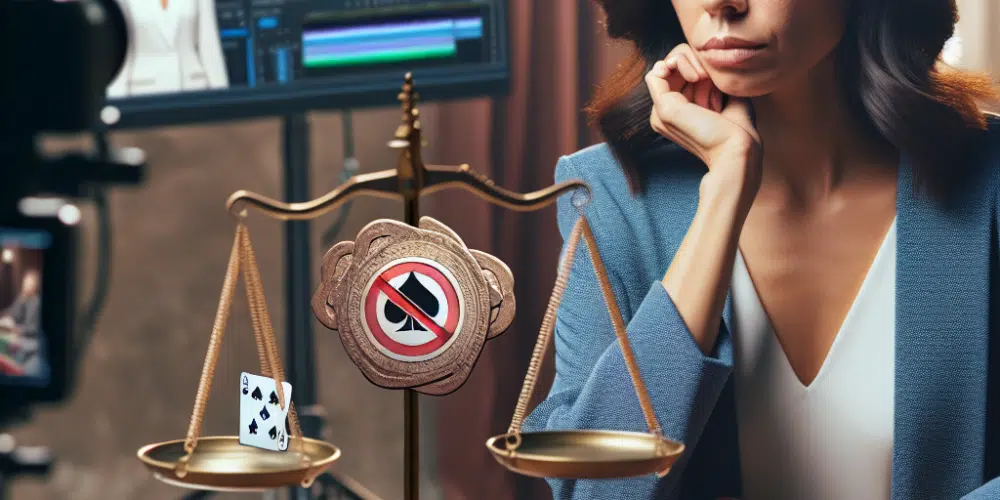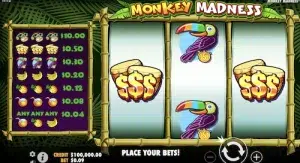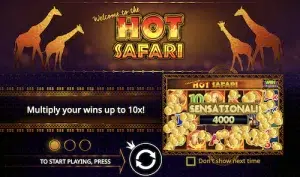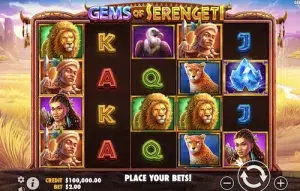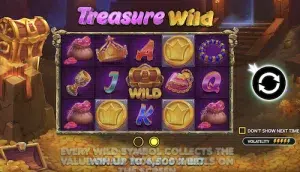In May 2025, a significant shift occurred for poker content creators on YouTube, as the platform’s policy update aimed at shielding underage audiences from gambling content inadvertently led to a crisis within the niche. Reports from several poker channels indicate that they have experienced a substantial drop in both viewership and ad revenue. This is primarily because of YouTube’s automated restrictions, which affect videos that mention or link to gambling websites, regardless of the content’s legitimacy.
Initially, the gambling content community largely accepted YouTube’s policy adjustments. The consensus was that keeping gambling-related material out of the reach of viewers under 18 was a prudent step. However, as these restrictions began to indiscriminately lower the visibility of legitimate videos and reduce their monetization potential, creators’ frustration started to mount.
Nick Eastwood, a leading figure in YouTube’s poker content creation scene, has been particularly vocal about the issue since April. The core of the problem, Eastwood and his peers argue, isn’t merely the age-gating of their content. They contend that under-18 viewers constitute a negligible segment of their audience base. Instead, the real issue lies with the algorithm’s response to the restrictions.
Eastwood expressed his concern, predicting that without significant changes, the era of poker content creation on YouTube could be nearing its end. He described a scenario where, once a video is age-restricted by YouTube’s automated system, it’s no longer promoted by the platform, effectively rendering it obsolete. This is compounded by the fact that such videos are also labeled as unsuitable for advertisers, severely impacting creators’ revenue. Eastwood noted that his videos, once flagged, generate just 10% of the income they did prior to the policy modifications.
Other poker creators echo Eastwood’s sentiments. Brad Owen, another prominent figure, criticized the policy’s impact, stating that it “nukes the views.” Poker professional Kevin Martin described the change as devastating for the discoverability of content. He observed that much of the audience consumes videos without being logged into their YouTube accounts, making age-restricted material practically invisible, thereby slashing potential earnings.
Martin, who has been producing poker videos for a decade, expressed his disappointment at YouTube’s stance, remarking on the platform’s detrimental effect on poker creators. Nonetheless, he remains committed to his craft, asserting that the dream of creating on YouTube still persists in many ways.
The issue isn’t confined to poker content alone. Sports betting creators face analogous challenges. Captain Jack Andrews, a professional bettor and co-founder of Unabated, found that one of his educational videos, despite being five years old, was abruptly flagged for promoting unregulated gambling. Once restricted, the video disappeared from YouTube’s algorithms. Andrews’ attempt to appeal was swiftly dismissed within three minutes, a duration he noted was insufficient for a proper review of the ten-minute video.
Critics point out that YouTube’s enforcement mechanisms are both opaque and unpredictable. Eastwood highlighted inconsistencies where similar content can receive different treatment, with some videos flagged while others remain unaffected. This unpredictability leaves creators in a constant state of uncertainty, unsure which of their creations might be targeted next. The poker community warns that unless YouTube reconsiders its approach, this once-thriving niche could face a decline into irrelevance.
On the flip side, supporters of YouTube’s policy argue that the platform is under significant pressure to ensure its content complies with legal and socio-cultural standards. They assert that tighter controls are necessary to prevent any potential harm to younger audiences, especially in light of increasing scrutiny from regulatory bodies worldwide. As online gambling continues to grow, calls for more stringent oversight and protective measures are becoming more frequent, putting platforms like YouTube in a challenging position.
This scenario presents a complex challenge for YouTube and its creators. Balancing the need to protect vulnerable audiences while supporting content creators is no easy task. The platform’s current strategy, while well-intentioned, may need refinement to better serve both objectives. Dialogues between YouTube and its creators could pave the way for more nuanced solutions that address the concerns of both parties.
The situation underscores the broader conversation about content moderation on digital platforms. As algorithms become increasingly integral in shaping content distribution, their impact on creators’ livelihoods cannot be underestimated. While automation offers efficiency, the lack of transparency and the potential for errors necessitate ongoing evaluation and adjustment.
Poker and gambling content creators remain hopeful that their voices will be heard, advocating for a more transparent and equitable approach to content moderation. As the digital landscape evolves, finding a middle ground that respects both creators’ freedoms and audience protections will be crucial for the sustainability of diverse content ecosystems.

David Harrison stands tall in gambling journalism, marrying his firsthand casino experiences with a deep understanding of betting psychology. His articles transform complex gambling jargon into engaging tales of strategy and chance, making the world of betting accessible and enjoyable. David’s knack for narrative extends beyond print, making him a sought-after speaker on gambling trends and future bets. In the realm of gambling, David is both a scholar and a storyteller, captivating readers and listeners alike.


